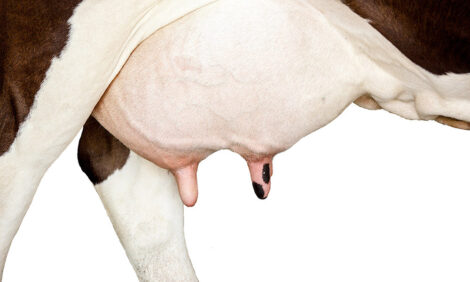



Cattle Genetics Research May Help Combat E. coli
US and GLOBAL - Neogen Corporation and its GeneSeek subsidiary is a participant in USDA-funded research that seeks to better understand the role cattle genetics may play in food contamination by the pathogen E. coli O157:H7.
GeneSeek is considered the leading commercial agricultural genetics laboratory in the US.
Researchers have shown that while some cows have no E. coli O157:H7 in their systems, others present a greater risk for beef contamination by shedding higher concentrations of the pathogen in their feces.
The existence of the pathogen does not cause illness in cattle, but E. coli O157:H7 is a significant cause of foodborne illness in humans.
"Researchers believe that if genetic markers for 'supershedders' of E. coli O157:H7, or animals that do not carry the microorganism, can be established, genetic and breeding programmes can be developed to help minimise the risk that the pathogen presents to consumers of beef products," said James Herbert, Neogen's chairman and CEO.
"Since E. coli O157:H7 was first identified as a major health risk, now more than 20 years ago, risk mitigation has focused on improving the beef industry's processing practices and product testing. We may now have the tools to work with the beef industry to minimize the problem at the source."
The research is being conducted by University of Nebraska-Lincoln scientists, in partnership with USDA's Meat Animal Research Center in Clay Center, Nebraska, and Lincoln-based GeneSeek. GeneSeek will perform genotyping on the cattle genetic samples.
"While epidemiologically oriented approaches have provided extensive information about the transmission patterns of the organism, they have essentially failed to come up with meaningful and effective pre-harvest interventions that work in beef production," said University of Nebraska food microbiologist Andy Benson, who is heading the research team.
"On the other hand, breeding strategies, which have heretofore never been considered as an approach, could be implemented as an intervention with potentially huge payoffs, ultimately reducing numbers of 'supershedders' that are released into feeding operations."
"Many producers are already using sophisticated approaches to manage their breeding programs," Mr Benson continued. "For them, it would be yet another gene and another trait on their list of things they want to breed for or breed against."
TheCattleSite News Desk


